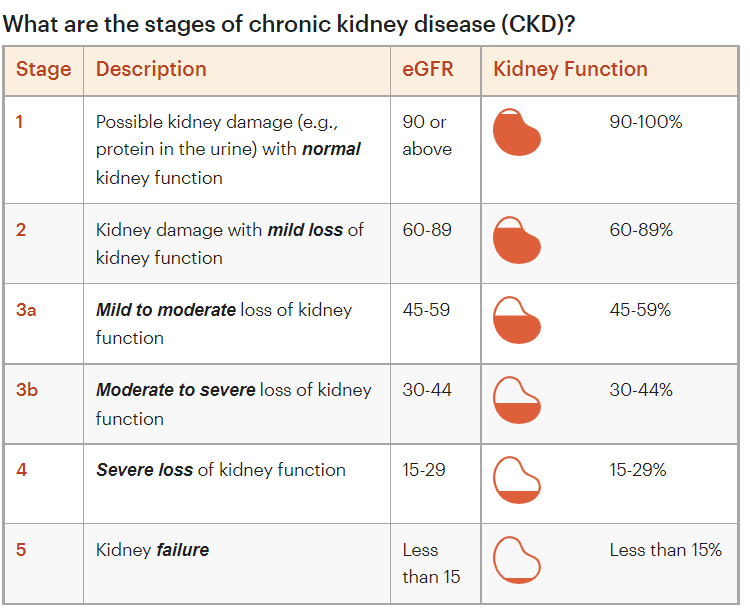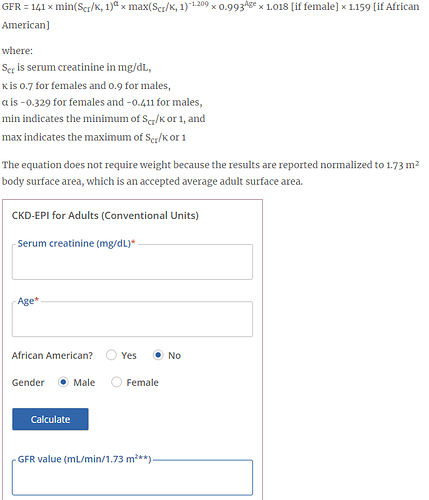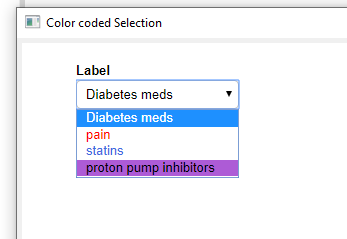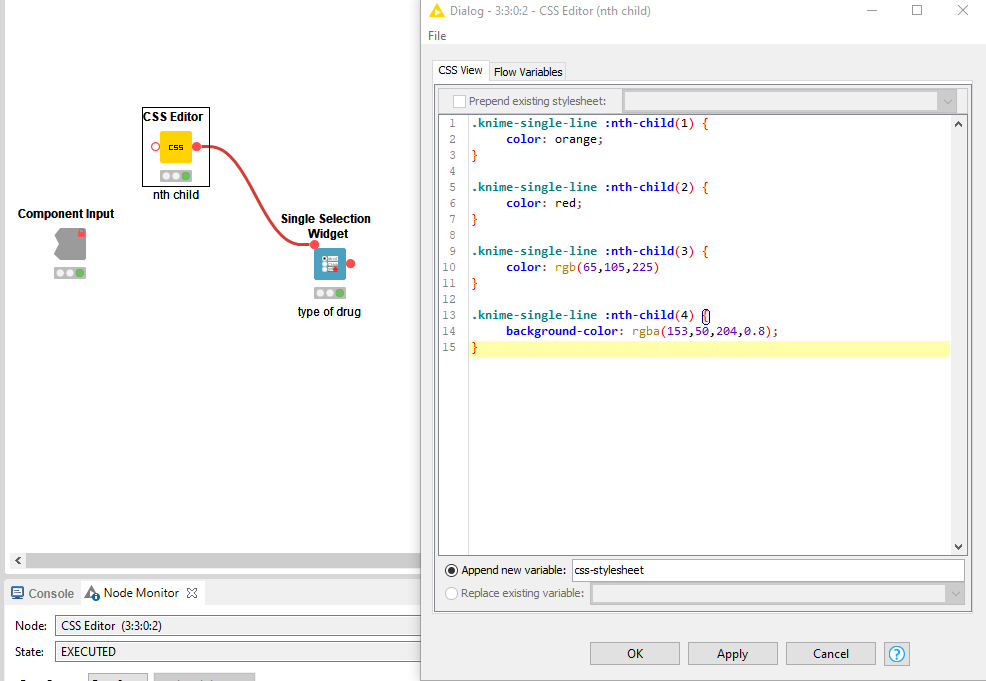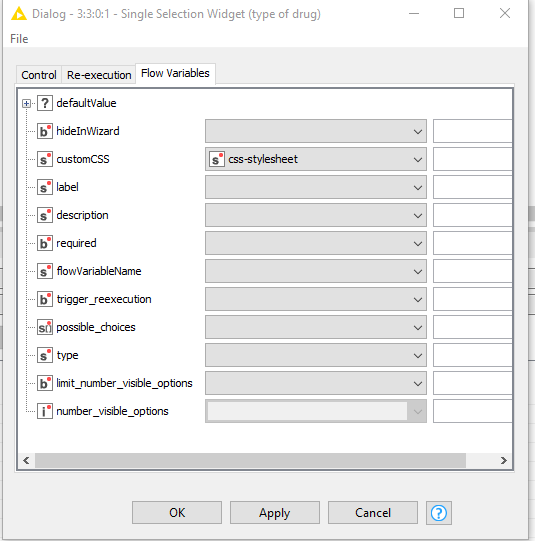Hello again [using Welcome to KNIME 4.6.0]
Since my last post I have made some pretty good progress on my interactive calculator that can tell a patient’s kidney function. This is done through creatinine clearance and glomerular filtration rate calculation.
I have now been asked to make my calculator have the function of doing automatic drug dosage adjustments. To put it simple there are certain drugs, when you prescribe them, that have to first be dose adjusted for patients that have decreased kidney function (affecting how fast the body eliminates the drug). The goal is to avoid drug accumulation = drug toxicity.
So, I am asking for guidance on how I could set something like that up. Really looking to learn as it sounds a little more complex then what I have been doing thus far and my professor passionately recommends/insists I reach out here for any help as part of the learning process!
So, my calculator can already get a patient’s GFR values, now I want to take those values and have the calculator, when you select a drug from a separate drop down menu, put out the recommended dose, going off of the calculated GFR value (the severity of decreased kidney function).
I will be attaching the appropriate GFR ranges (showing stages of CKD - chronic kidney disease) and an example medication to use as reference, that is dependent on a patient’s GFR (I will be doing this for 11 drugs). If my workflow is needing to be posted, I will post if need be.
I’m feeling a lot of IF switches will have to be used as well as math formulas? I do hope what I am asking is not too complex.
The Ranges
Example medication Metformin (how it is to be adjusted)
If that example is too broad then this (sitagliptin). As you can see for the first three stages of CKD you use the standard 100 mg dosage but then you have to start reducing the dosage past those stages.
For more reference, here is the formula I am using to calculate GFR values
It’s really broken up into male or female, then non-african american or african american.
